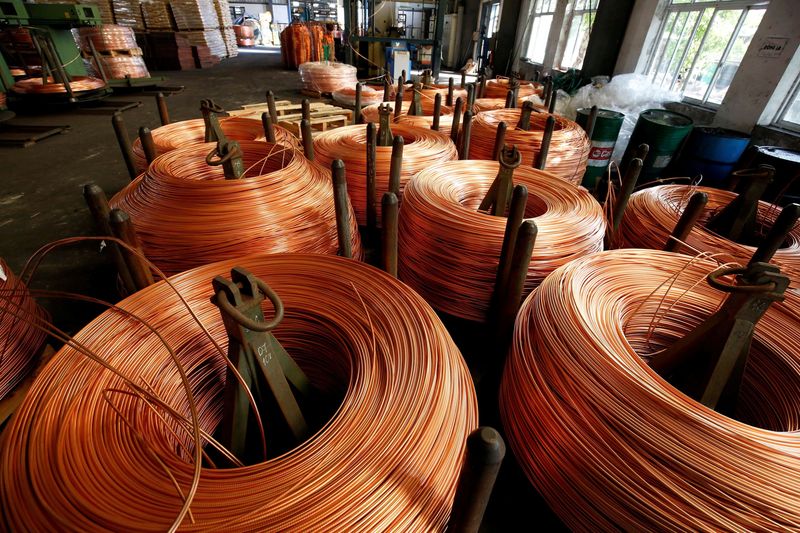As parts of efforts to make the copper sector become more attractive to environmentally-conscious investment funds, a group of the world’s biggest copper producers has announced plans that are aimed at slashing direct and indirect greenhouse gas emissions to zero by 2050.
The International Copper Association’s (ICA) roadmap released on Tuesday set a target for members to cut direct and indirect emissions by 30% to 40% by 2030, and by 70% to 80% by 2040, before reaching zero by 2050, as copper demand forecast to double to 50 million tonnes by 2050 from 2020 levels.
China is the world’s biggest producer of refined copper but it has no company in the association whose members include BHP Group, Chile’s Codelco, Glencore, Freeport-McMoRan, Japan’s JX Nippon Mining & Metals Corporation and Poland’s KGHM.
Read also: China empowers judges to hear climate-related cases to meet emission reduction targets
Part of the plans by the copper producers is to reduce direct and indirect emissions by decarbonising power supply, improving efficiency and scrap collection since copper production from scrap metal can typically be done via electricity, thereby making it easier to decarbonise.
The ICA’s members will also work with customers to reduce their “scope 3” emissions by 10% by 2030, by 30% to 40% by 2040, and by 60% to 70% by 2050, it said.
“These collective ambitions show a clear trajectory to achieving defined emissions reductions of up to 85% by 2050, with the balance to be addressed through advanced technologies and enhanced collaboration,” the ICA said.
The sector should be an attractive investment for funds that use environmental, social and governance (ESG) criteria, given copper’s key role in the energy transition and the “ambitious” decarbonisation plans, the ICA said.
Story was adapted from Reuters.
